Optimal Timing for Foundation Repairs
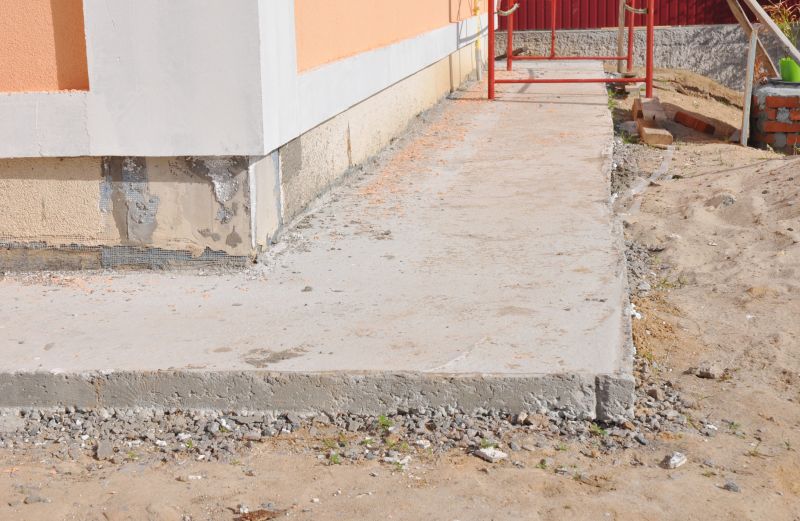
Spring offers favorable conditions for repairs due to moderate temperatures and soil moisture levels.
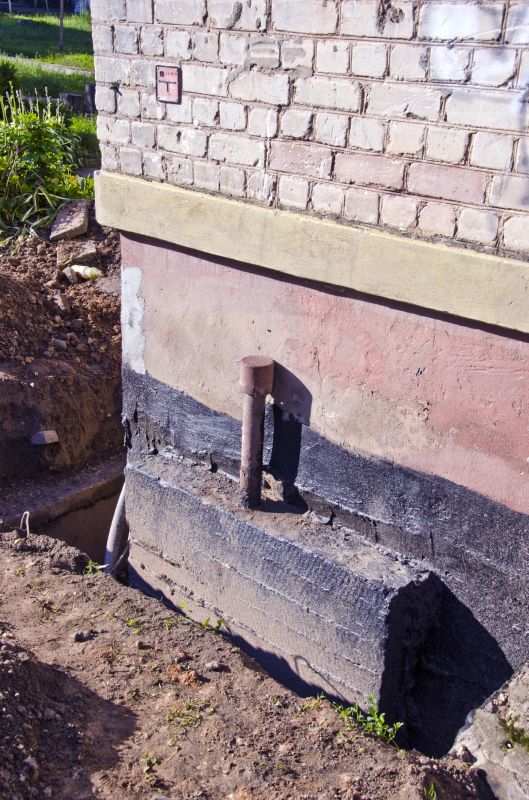
Summer can be suitable when soil is dry, but extreme heat may pose challenges for certain repair methods.
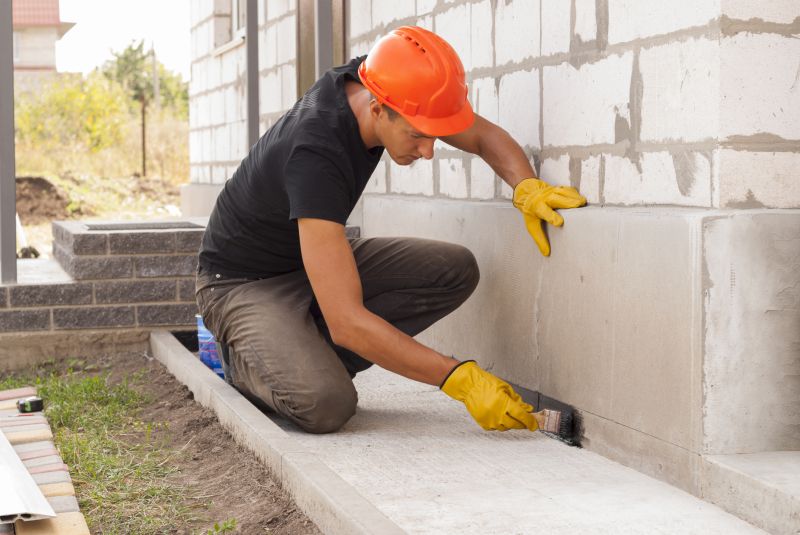
Fall provides cooler temperatures and stable soil conditions, making it an optimal time for repairs.

Ways to make Foundation Repairs work in tight or awkward layouts.

Popular materials for Foundation Repairs and why they hold up over time.

Simple add-ons that improve Foundation Repairs without blowing the budget.
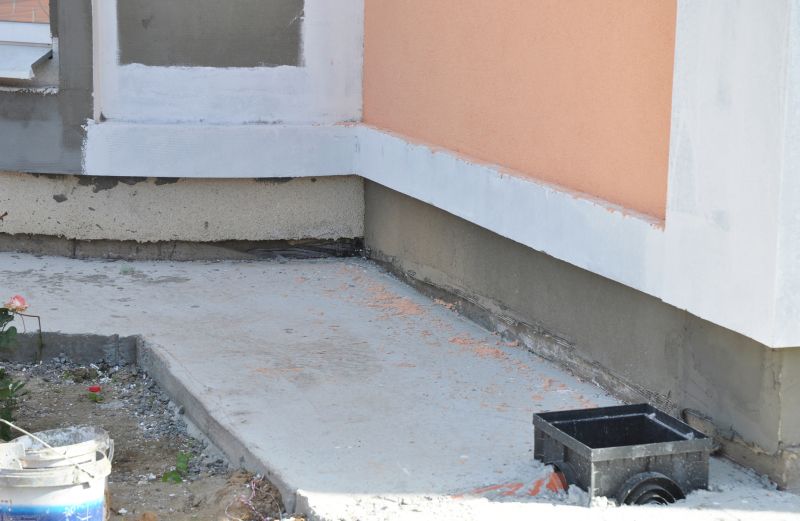
High-end options that actually feel worth it for Foundation Repairs.
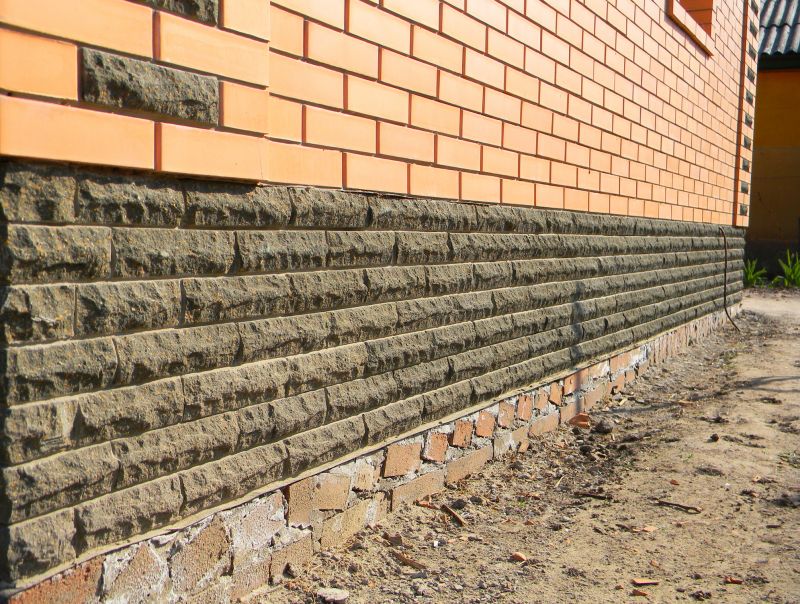
Finishes and colors that play nicely with Foundation Repairs.
Foundation repairs are essential for maintaining the structural integrity of a building. They address issues such as settling, cracking, and shifting that can compromise safety and property value. The timing of repairs can influence their effectiveness and longevity. Factors like soil moisture, temperature, and weather conditions play a significant role in determining the best time to undertake foundation work.
Moist soil expands, while dry soil contracts, affecting foundation stability and repair timing.
Extreme cold or heat can hinder certain repair procedures and materials' effectiveness.
Consistent weather conditions help ensure repairs are completed without delays or complications.
Scheduling repairs during off-peak seasons can reduce costs and scheduling conflicts.
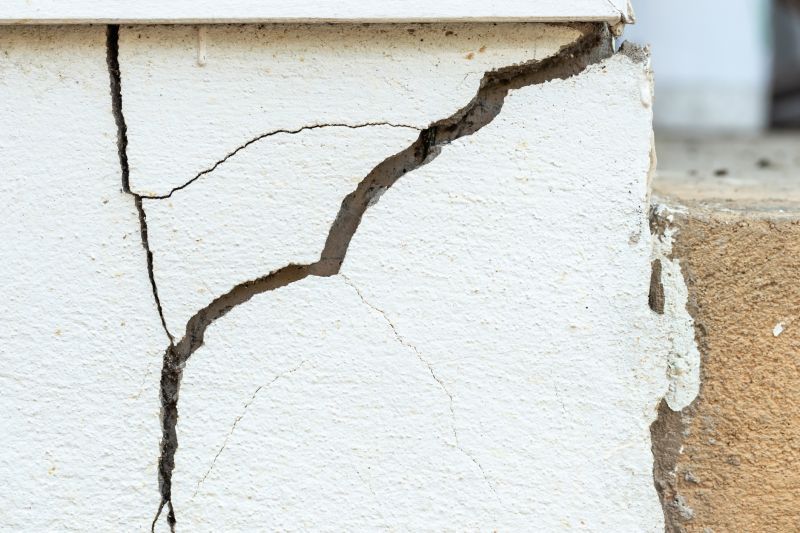
Addressing cracks promptly during favorable weather prevents further damage.
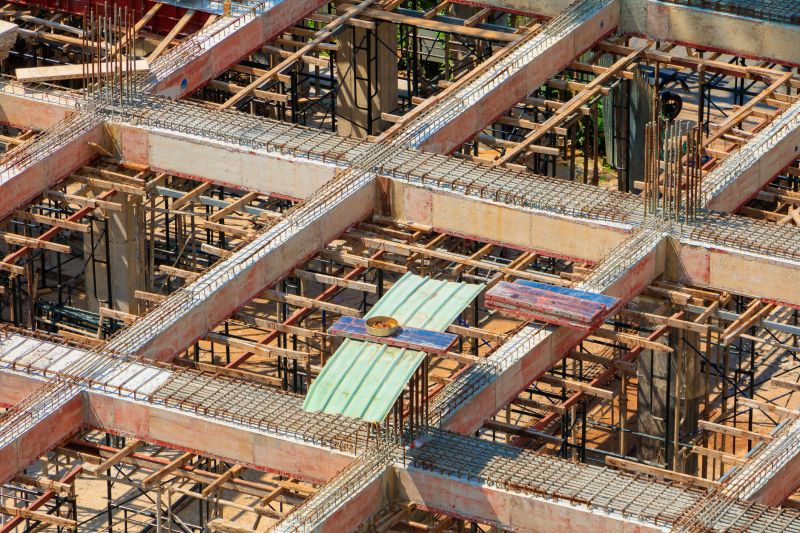
Optimal during cooler months when soil movement is minimal.
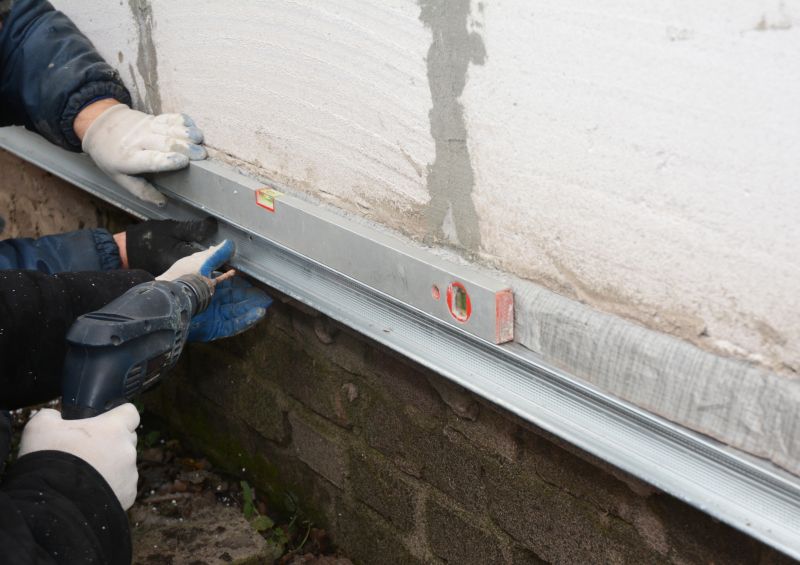
Best performed in moderate temperatures for curing and adhesion.
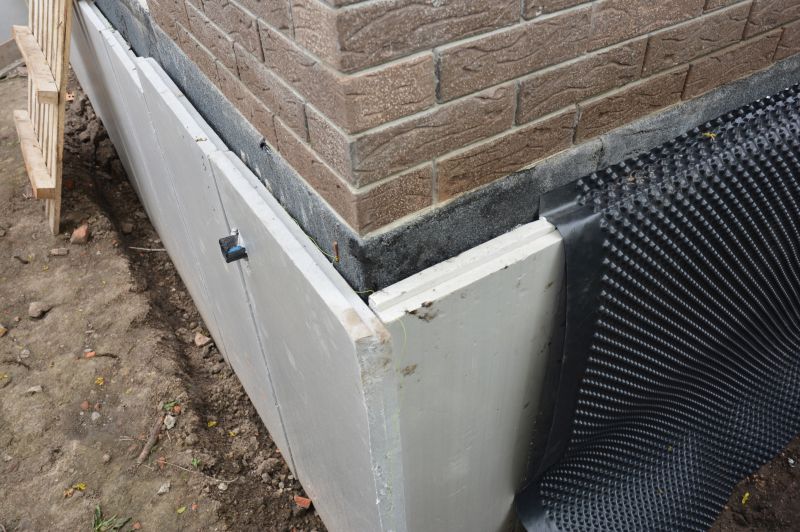
Effective when soil moisture levels are manageable, often in drier seasons.
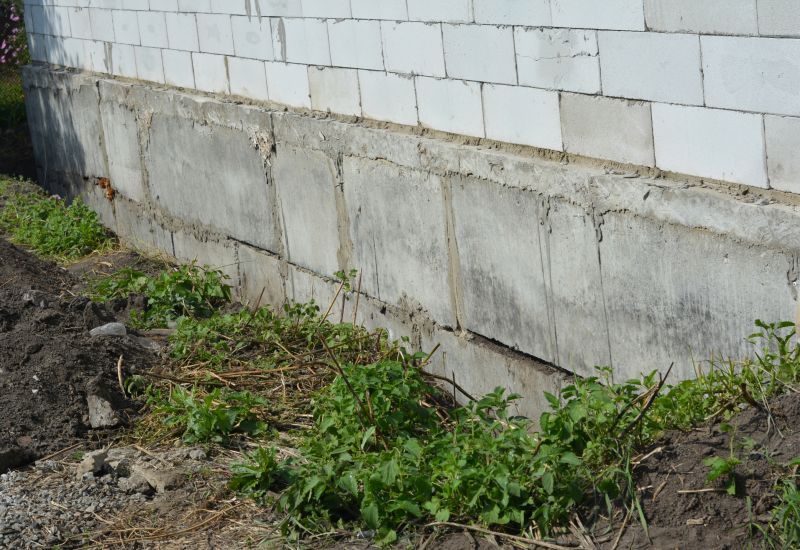
Performed when soil conditions are stable, typically in fall or spring.
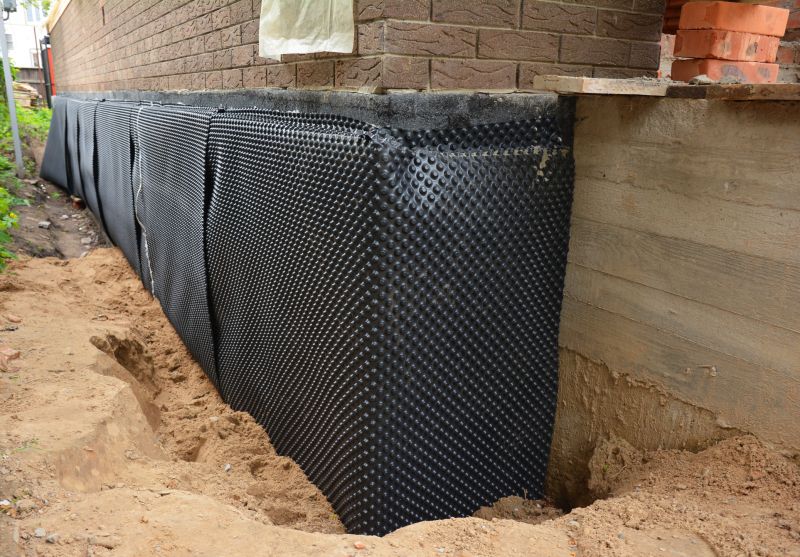
Ideal during dry seasons to ensure proper sealing and adhesion.
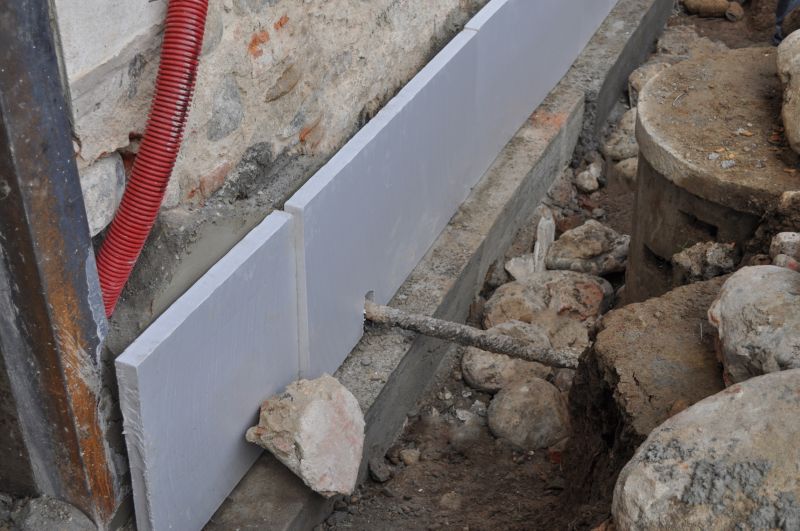
Best in moderate weather to avoid delays caused by weather disruptions.
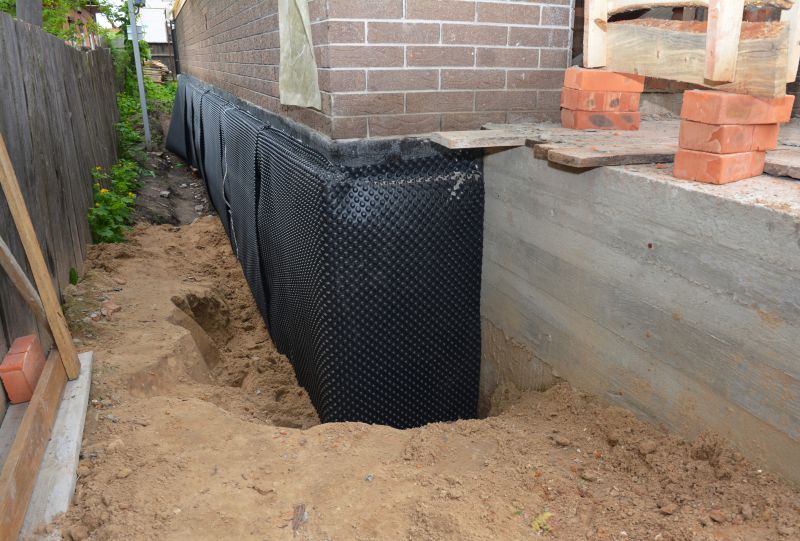
Performed effectively in dry conditions to prevent water intrusion.
| Season | Suitable Repair Types |
|---|---|
| Spring | Crack repairs, soil stabilization, waterproofing |
| Summer | Concrete lifting, drainage improvements |
| Fall | Pier stabilization, underpinning, sealing |
| Winter | Limited repairs, inspections, planning |
| Early Spring | Assessment and preparation |
Understanding the optimal timing for foundation repairs can enhance their effectiveness and durability. Properly scheduled repairs minimize disruption and reduce the risk of further damage caused by soil movement or weather conditions. Consulting with foundation specialists can help determine the best season based on specific site conditions and repair needs.
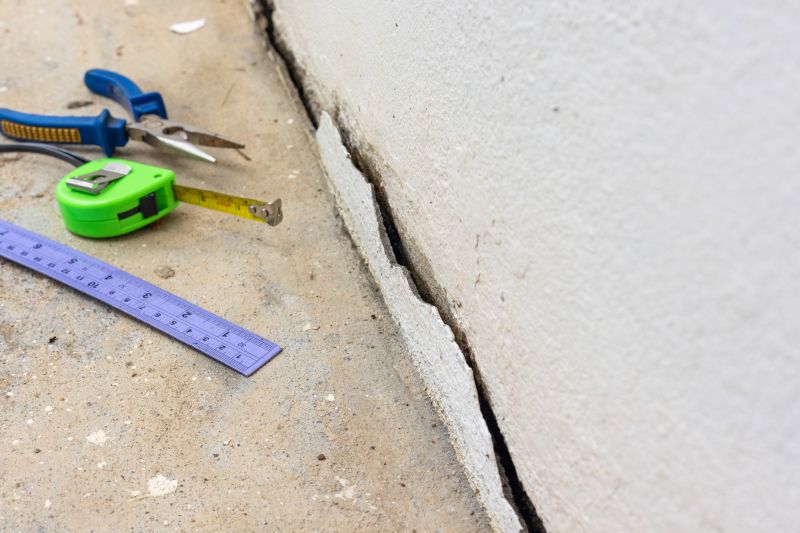
Early assessment helps plan timely repairs.
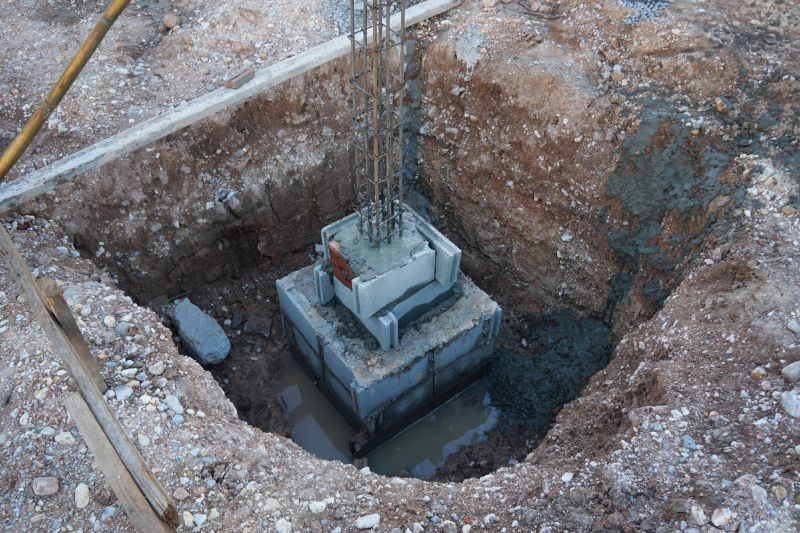
Used during optimal soil conditions for best results.

Work efficiently during suitable weather conditions.
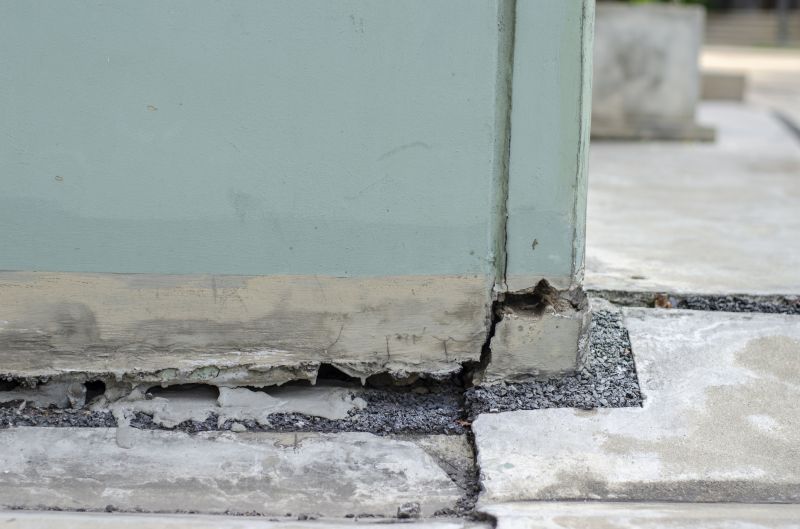
Properly timed repairs ensure long-lasting stability.
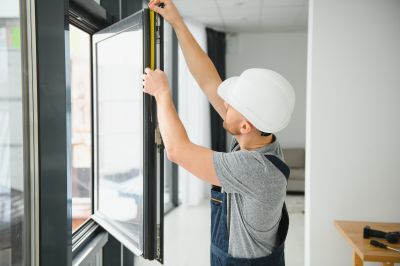
Little measurements that prevent headaches on Foundation Repairs day.

A 60-second routine that keeps Foundation Repairs looking new.

A frequent mistake in Foundation Repairs and how to dodge it.

Small tweaks to make Foundation Repairs safer and easier to use.
Timely foundation repairs are crucial for preserving property value and safety. Scheduling repairs during appropriate seasons ensures the use of optimal materials and techniques, leading to more durable results. Regular inspections can identify issues early, allowing repairs to be planned during the most suitable times.
Individuals interested in foundation repairs are encouraged to contact for further guidance and assessment. Filling out the contact form provides access to expert evaluations and tailored solutions for foundation stability.

